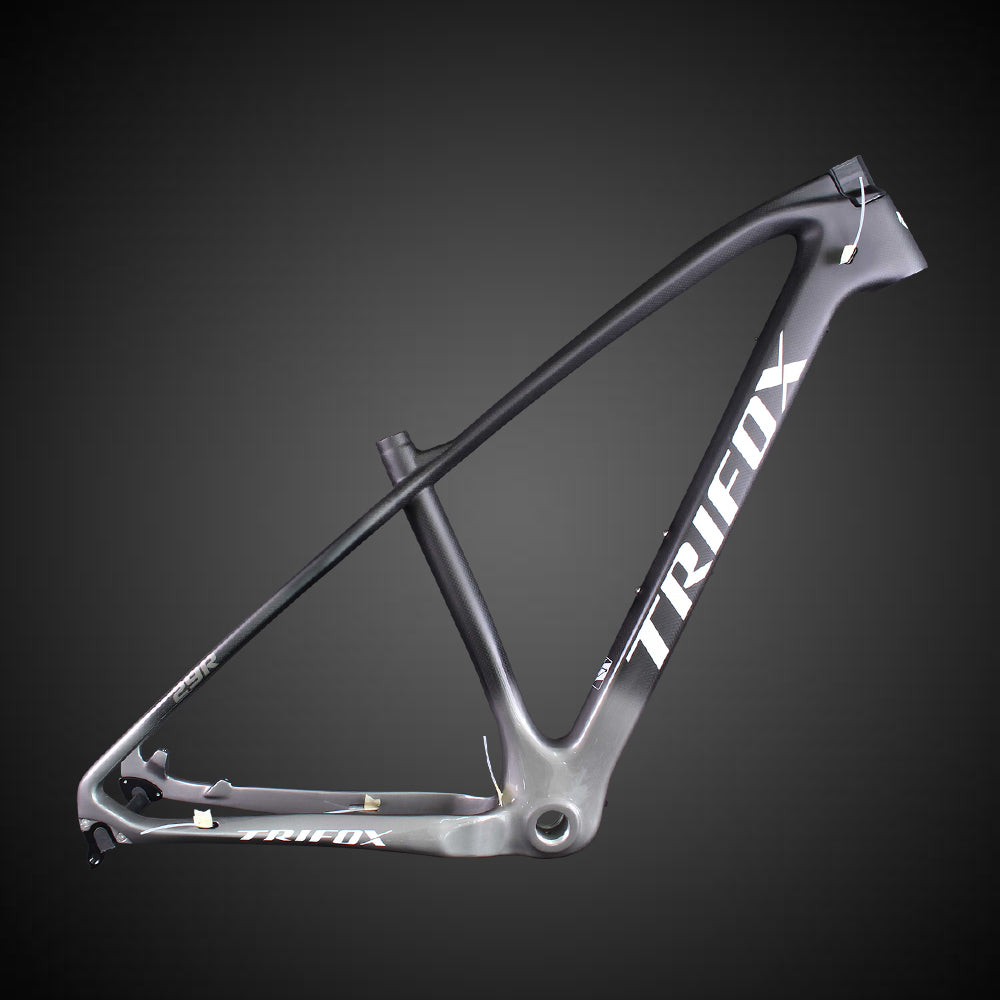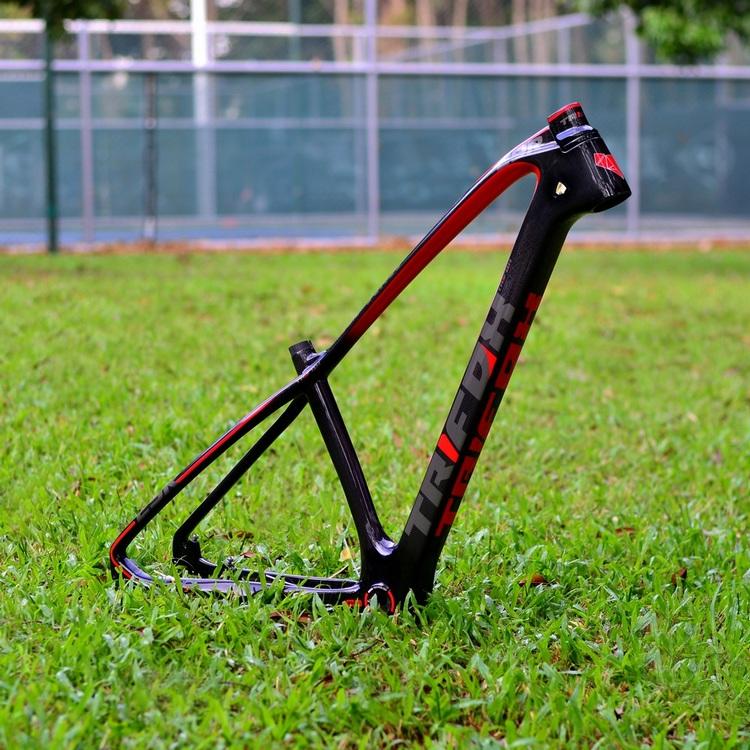

So if our character moves far enough, the leg should reposition itself in a believable fashion and to a valid location. We know that our main goal is to have the legs move as if they are driving the movement of the lizard. Next up, the real meat of the procedural movement operation, the leg movement.īefore starting out it always helps to break down the problem in to smaller sub problems and to set clear goals. It comes with a set of premade systems that are useful for common setups such as humanoid characters but the real interesting part is the ability to create your own, fully custom IK setups and constraints.īelow you can find an example of our basic look at configuration: It’s a feature complete IK solution created for Unity that offers the flexibility to basically create any IK setup that you want. In Trifox we use Final IK for all our IK setups and needs.
Trifox frame free#
In those cases you can either decide to write your own IK system, use a free solution that can be found on the web or use an asset store package dedicated to IK systems. So when you are dealing with more exotic characters that for example have multiple sets of legs or that require longer bone chains you may not always be able to achieve the results that you want. The only downside is that this implementation only works for humanoid bone structures. Unity (the engine we use for Trifox) actually comes with a build-in IK solution. Which is a variant of an IK system specifically set up for bone chains that need to curve/rotate towards a specific point.Īs if the bones are looking (hence the name) at that point in the distance. Having a character look at a point of interest.

Trifox frame full#
For example running backwards.įor the character curling that is showcased in the animation to be usable, the movement should always be handled in a single direction (forward of the character) and the rotation should then be in full control of the direction. This means that the movement direction can be doing one thing while the rotation/orientation of the character is doing something completely different.

In Trifox our characters have independent movement and rotation control. First off the rotation would require the movement logic of the character to be handled differently.There are a couple of issues that really stand out: Not so great… So what is going wrong here?


 0 kommentar(er)
0 kommentar(er)
